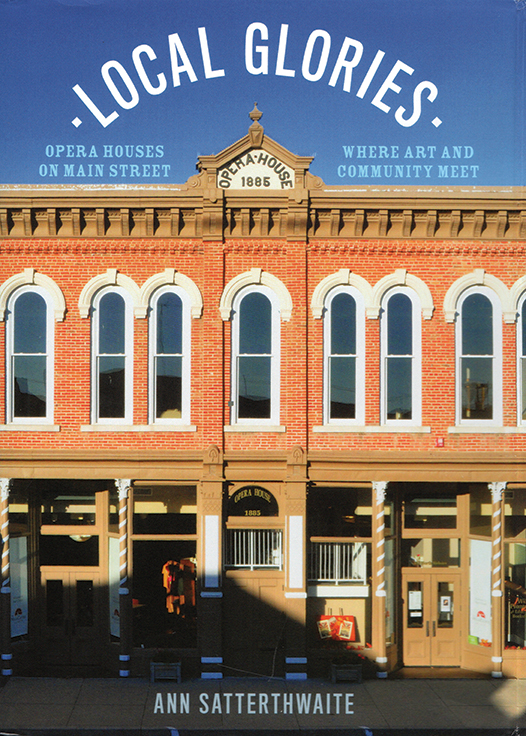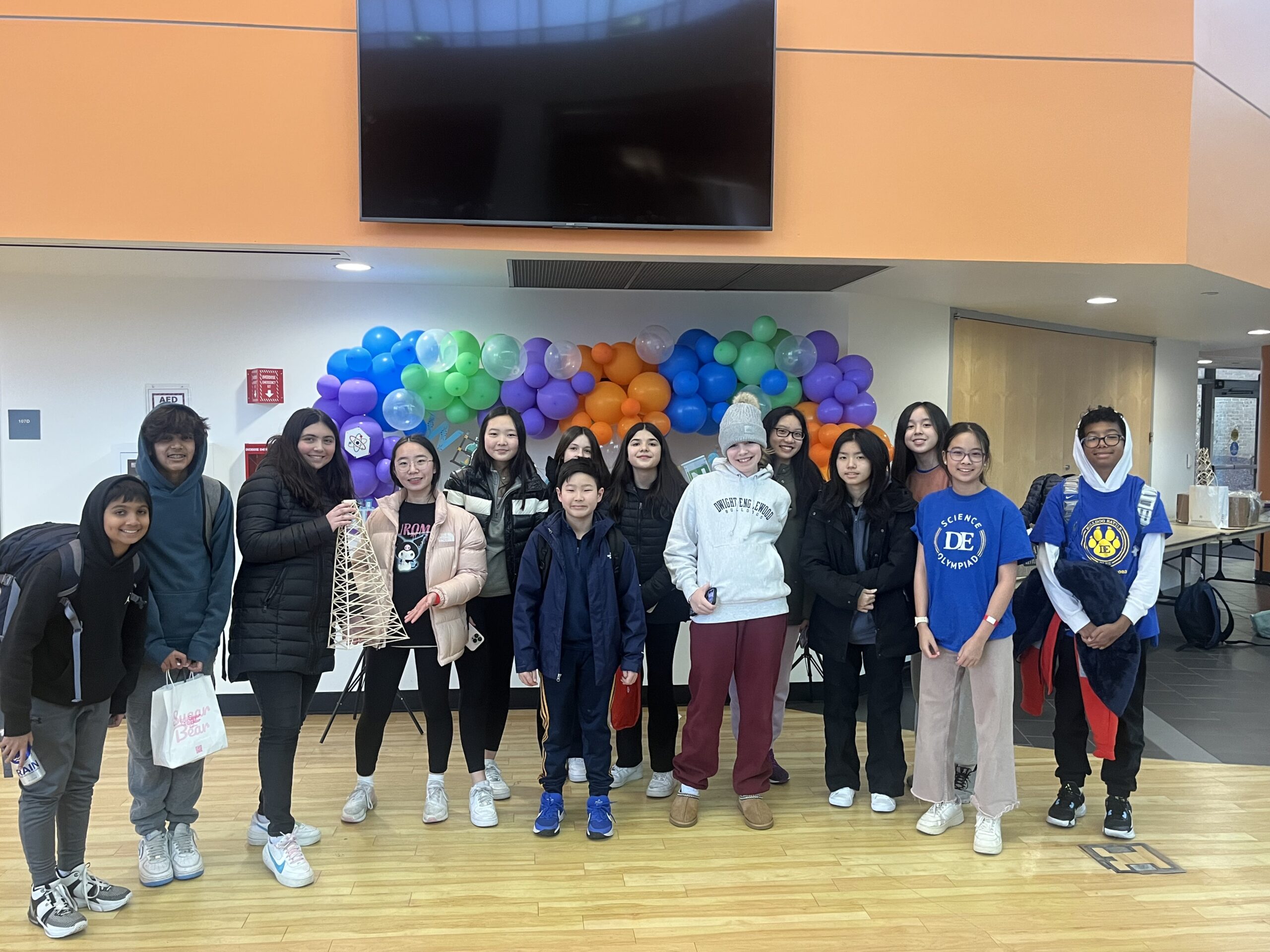Ann Satterthwaite D ’49
Oxford University Press
March 2016
To most people, the term “opera house” conjures up images of mink-coated dowagers accompanied by tuxedo-clad men in the gilded interiors of opulent buildings like the Met in New York or La Scala in Milan. However, the opera house in the United States has a far more varied—and far more interesting—history than that stereotype implies. In Local Glories, Ann Satterthwaite explores the creative, social, and communal roles of the thousands of opera houses that flourished in small towns across the country.
By 1900, opera houses were everywhere: on second floors over hardware stores, in grand independent buildings, in the back rooms of New England town halls, and even in the bowels of a Mississippi department store. In these venues, Sarah Bernhardt, Mark Twain, and John Philip Sousa entertained thousands of townspeople, as did countless actors, theater and opera companies, innumerable minor league magicians, circuses, and lecturers. Often the town’s only large space for public assembly, the local opera house served as a place for local activities such as school graduations, town meetings, elections, and even social dances. By considering states with distinctly different histories—principally Maine, Nebraska, Vermont, New York, and Colorado—Satterthwaite describes the diversity of opera houses, programs, audiences, buildings, promoters, and supporters—and their hopes, dreams, and ambitions.




